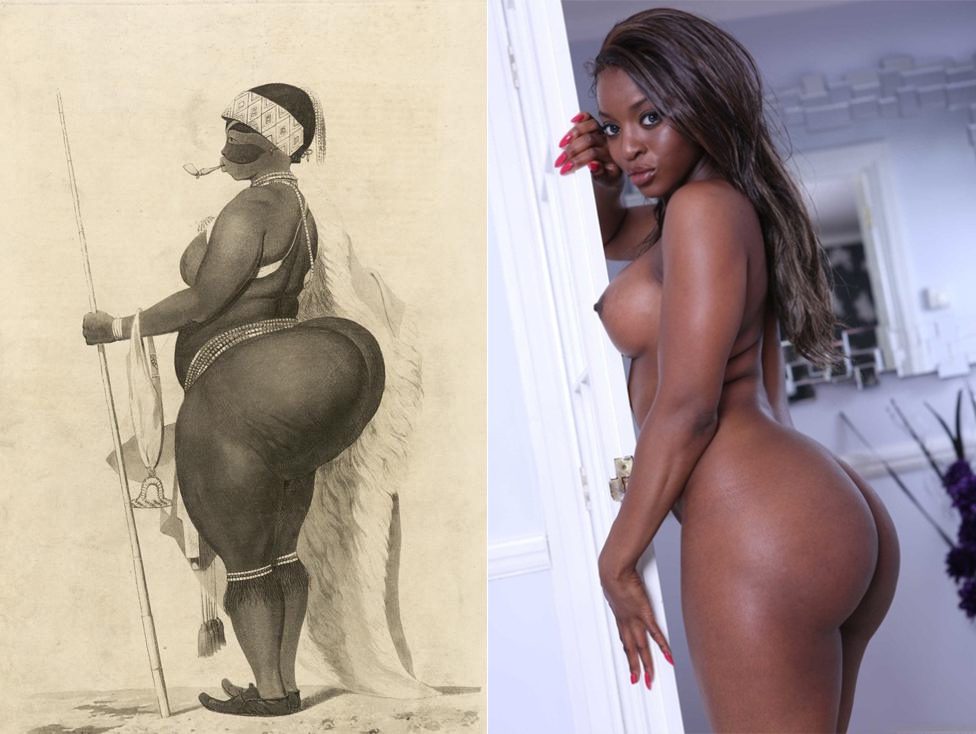The history of Black female sexuality in the United States is one of contradiction: a narrative shaped by exploitation and control, but also resistance, resilience, and ultimately reclamation. From slavery through the civil rights era to today’s adult entertainment landscape, Black women’s sexual identities have been defined not solely by desire, but by power—who has it, who controls it, and who reclaims it.
1. Enslavement and the Birth of Stereotypes
During slavery, Black women were legally and socially reduced to property. Their sexuality was not seen as private or autonomous but was instead manipulated for labor and reproduction. Many were raped by slave owners, used as “breeders,” and denied any notion of consent. This dehumanizing system gave rise to enduring myths, including:
- The Jezebel: A stereotype portraying Black women as hypersexual, insatiable, and always willing—used to justify rape and sexual abuse.
- The Mammy: The desexualized caretaker who existed solely to serve white families.
These myths functioned to both control Black women’s bodies and erase their humanity, particularly in contrast to white womanhood, which was seen as pure and in need of protection.
2. Reconstruction to the Early 20th Century: Controlling the Image
After emancipation, Black women faced new challenges. Their sexual expression—still viewed through the lens of white supremacy—was policed through social norms and legal codes. Many worked as domestics in white households, where they were often at risk of assault but unable to speak out.
During the Harlem Renaissance and beyond, some began reclaiming their image through art, literature, and performance. However, the lingering effects of racist stereotypes meant that Black women’s beauty and sexuality were often either fetishized or ignored entirely in mainstream culture.
3. The Wives and the Double Standard
As the 20th century progressed, especially in the post-WWII era, Black women found themselves navigating strict codes of respectability. Many worked to present themselves as virtuous, church-going wives and mothers in response to persistent sexual stereotypes.
Yet, this era also revealed a painful double standard. While Black women were expected to embody restraint and respectability, they were still eroticized by both media and society—especially by powerful men, including white politicians, businessmen, and entertainers. Their desires were rarely acknowledged as complex or valid; instead, they were viewed either as threats or as objects of conquest.
4. The Sexual Revolution and the Rise of Black Feminism
The 1960s and 1970s ushered in seismic cultural changes. The sexual revolution challenged taboos across race and gender, and Black women began more openly questioning the roles imposed on them. Writers like Audre Lorde, bell hooks, and Angela Davis spoke and wrote about the intersection of race, gender, and sexual liberation.
Black feminism emerged as a movement not only for equality but for the freedom to define one’s own sexuality—not as society dictated, but as personally experienced.
5. Hip-Hop, Media, and the Battle for Representation
The 1980s and 1990s saw Black women enter music videos, magazines, and pop culture in more visible ways—but often under hypersexualized conditions. From “video vixens” to reality TV, representation grew, but so did concern about whose gaze controlled these images.
At the same time, many Black women began using media to reclaim agency. The rise of spoken word poetry, underground music, and independent film provided new platforms for exploring desire from a Black woman’s perspective—centering sensuality, not just sexuality.
6. The Modern Era: Autonomy in Adult Entertainment
Today, Black women are increasingly taking control of their image and careers—particularly in the adult entertainment industry. Platforms like OnlyFans, ManyVids, and LoyalFans allow creators to profit directly from their content while controlling how they are seen.
Modern Black adult entertainers like Teanna Trump, Ana Foxxx, Kira Noir, and others are not only stars but entrepreneurs. They build fanbases, set their own boundaries, and use social media to express humor, opinion, and personal power.
This marks a radical shift: for the first time in U.S. history, Black women can claim sexual autonomy publicly and profitably—not as objects of exploitation, but as authors of their own desire and identity.
Conclusion: From Surviving to Thriving
The journey of Black female sexuality in America is one from forced silence to creative expression, from objectification to ownership. While challenges persist—such as residual stereotypes, colorism, and industry inequality—today’s landscape allows Black women more control than ever before.
What was once denied—their right to desire, to choose, to be complex—is now being reclaimed in art, media, and yes, in adult entertainment. It is not just a story of sex—it is a story of power.








